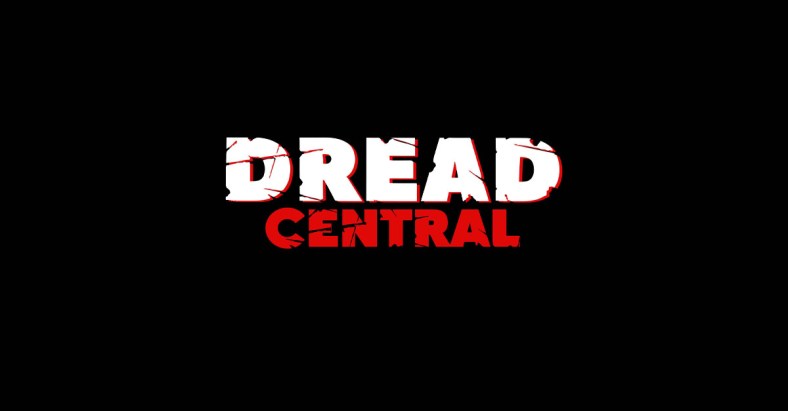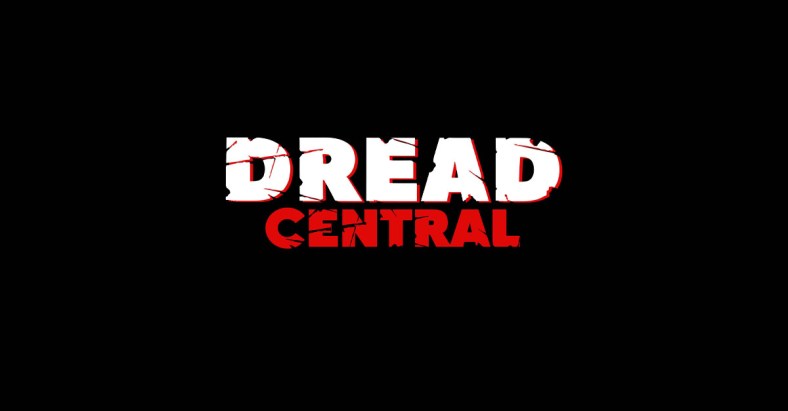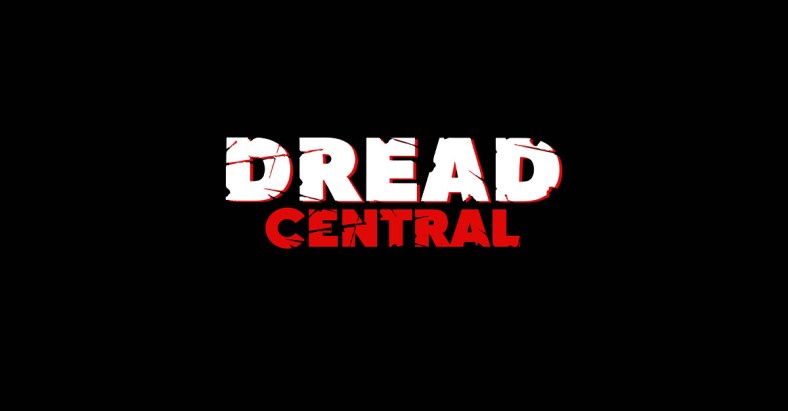Interview: J. L. Giles on comics, cosmic horror, and the launch of Herbert West–Reanimator

One of our favorite mad scientists is making a return to comics with Herbert West–Reanimator, a new series by artist J. L. Giles. The titular Dr. West is the subject of one of H. P. Lovecraft’s most famous and enduring works, but the timelessness of the tale makes it rife for a new adaptation.
In this latest interpretation, Giles intends to flesh out the character even further and contextualize it for a modern audience. “Herbert West has some questions, hypotheses, and starts with good intentions. He wants to contribute to humanity and thinks that medicine’s main goal is to extend human life as much as possible,” he says. “Herbert runs into a wall. So, all the doors are closed. He rebels, trying to open a window by himself, and that’s when everything starts to go wrong. He must face the consequences, like Dr. Frankenstein or Prometheus.”
We interviewed J. L. Giles about comics, bringing fresh eyes to Lovecraft’s short story, and the creative process of putting Herbert West to the page. The series’ maiden issue, which tackles the original story’s chapter, “From the Dark,” was published by Ohno! Comics. It was released on October 7 via digital platform Gumroad, whose pay-what-you-want model lets readers access it at for free, or at a price point of their choosing. Read it here.
Dread Central: How did you first get into comics and horror?
J. L. Giles: When I was a kid I loved horror movies, but I could not see many, because my parents were careful with the content we watched at home. That feeling of having something forbidden perhaps fueled my fascination with that genre. I think the first time I saw zombies on TV was on Michael Jackson’s “Thriller” video. A friend of mine had the “Making of…” VHS and I thought that was the coolest thing ever.
I started buying comics when they were very trendy in the early 90s, and I was about 13 years old. I had always liked all Marvel and DC characters, but that’s the moment I began reading the stories. From a very young age I had been good at drawing, but it was not until I saw Todd McFarlane’s art that I felt that I wanted to dedicate myself professionally to art.
In 2014, indie writer Gilbert Deltrez asked me to work on some of his scripts. He had a lot of dark horror stories and told me to choose the one I liked the most. And that’s how I started working on Under The Flesh, a zombie apocalypse-themed comic. That book opened the doors for me to work in Marvel Comics, and since then I have been collaborating with them doing illustrations and comics of The Avengers, Spider-Man, Captain America, Black Panther, and many more!

DC: What drew you to the source material?
JLG: For many years I have been familiar with H. P. Lovecraft’s stories, and I wanted to do some adaptations of his tales. My work as a freelancer sometimes leaves me with free time to do personal projects, and I was not sure what to draw. My wife, Anna, then suggested that we work on Herbert West–Reanimator. She works in laboratories, and I think that atmosphere with flasks, test tubes, formulas, caught her attention. So much that it was her who started adapting the script for the comic without telling me anything. One day she arrives and tells me, “Here’s the first chapter!” And I loved it.
DC: Since the story is framed in the present day, can we expect some departures from the original story in later issues?
JLG: We placed the narration of the original inside a frame story that will allow us to connect in the future with more Lovecraft tales. I think bringing the story to the present time helps us connect faster with it. I want to allow a more direct connection between the readers and the characters. For example, as we all know, the narrator is Herbert West’s assistant. But Lovecraft doesn’t even give him a name. He’s a person who is there like a slave, a witness collaborator. He acts as an omniscient narrator, but story-wise he is totally dispensable, almost invisible. We have respected the narration, but we have given Herbert’s assistant more prominence and personality. We get to know him directly as an old man willing to tell us what happened. As the story progresses, his role becomes more important. He is no longer a mere observer. We discover that he hides certain things in his narration. And it is logical, given he was co-responsible of Herbert West’s horrific enterprise.

DC: Do you plan for this to be a very faithful kind of adaptation?
JLG: Adapting literature into sequential art always involves changes, because they are different media. I think the important thing is that whoever reads our adaptation feels like he’s reading Lovecraft. That is the priority. And all the frame we build around is there to put a spotlight on the original story. Lovecraft is the star.
I think that the Reanimator’s tale has sometimes not been treated fairly. It has become a kind of cliché of the mad scientist who laughs with the syringe in his hand. They have turned it into a comedy. That is fine, but I want to present a more human Herbert West. It is clear the man suffers from certain disorders, perhaps narcissistic. I cannot “diagnose” him because I am not a psychologist or a psychiatrist. But deep down I feel the story is not so much a comedy as a tragedy. Still, there are bits of humor in our adaptation, and we even make nods at the well-known clichés of the past.
DC: As an artist, how do you strike the right balance between Lovecraftian lore and your own interpretation of the text in this kind of medium?
JLG: You have to respect the source. I want to sell a Reanimator that [respects] the spirit of the original. Lovecraft’s work is so creative that [it] allows the mind of the visual artist to fly. You can take his ideas and do so much with them! But the thing is maintaining the essence of Lovecraft, treating it with respect. That is the challenge. And we hope we have achieved it here.
 DC: How long did it take you to finish the first issue?
DC: How long did it take you to finish the first issue?
JLG: If the work had been uninterrupted, maybe two months and a half. Lovecraft’s story is divided into six chapters. We have only completed the first one. It’s about 12 pages. But behind it, there’s the documentation, the design, the plot, the adapted script, the art, color, letters. I wanted to make it the best possible sample of what I can do. If the public likes this first chapter, I’m sure they’ll like the rest. But it’s in their hands.
DC: What kind of research and preparation did you have to do while working on the comic?
JLG: It is important to read many Lovecraft stories, so the audience feels that the adaptation is true to his style; though we have modernized the narrative and the dialogues. The story is told as a flashback, but we did not want to put it inside a 1920s closed box. We know it happened a long time ago, but we do not want to set a specific date. We have documented ourselves to know what scientific instruments looked like a long time ago, hospitals, universities, coffee shops. It is fun to see how things change, and as far as technology is concerned, much more!
DC: When can readers expect the next installment of Herbert West–Reanimator? Can you give us a hint of the eldritch horrors that will be making an appearance in future chapters?
JLG: We are already working on chapter two, and planning to launch an Indiegogo campaign very soon to fund its creation, promotion, printing, and shipping. It’s important to be able to pay the bills too! I’d like to [be] dedicated to this for the next four to five months full-time. Otherwise, it will take me much longer to finish it. As far as volume two, we still haven’t decided what story to feature next. We have some ideas, but we don’t wanna cross the river before getting to the bridge first!
Categorized:News

